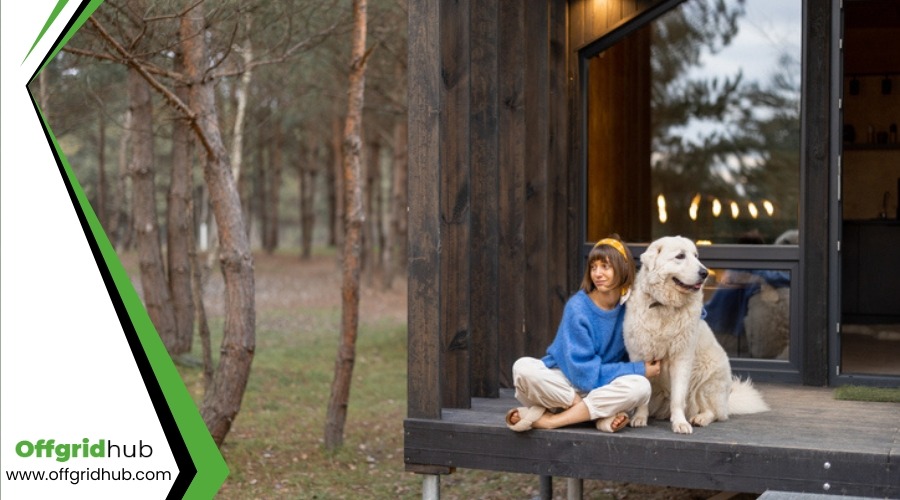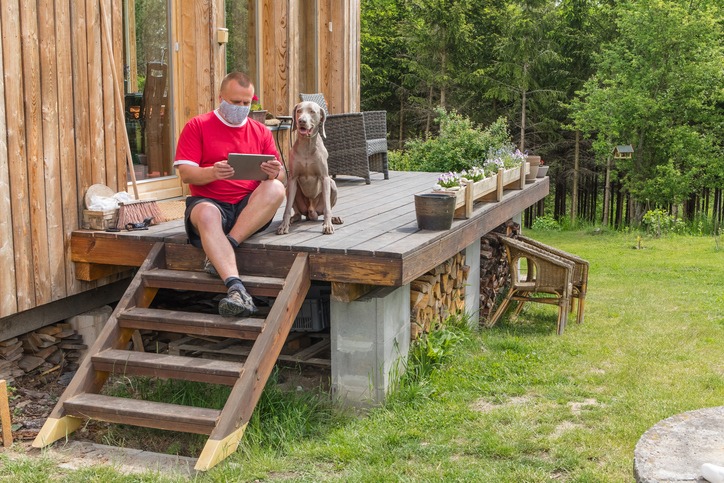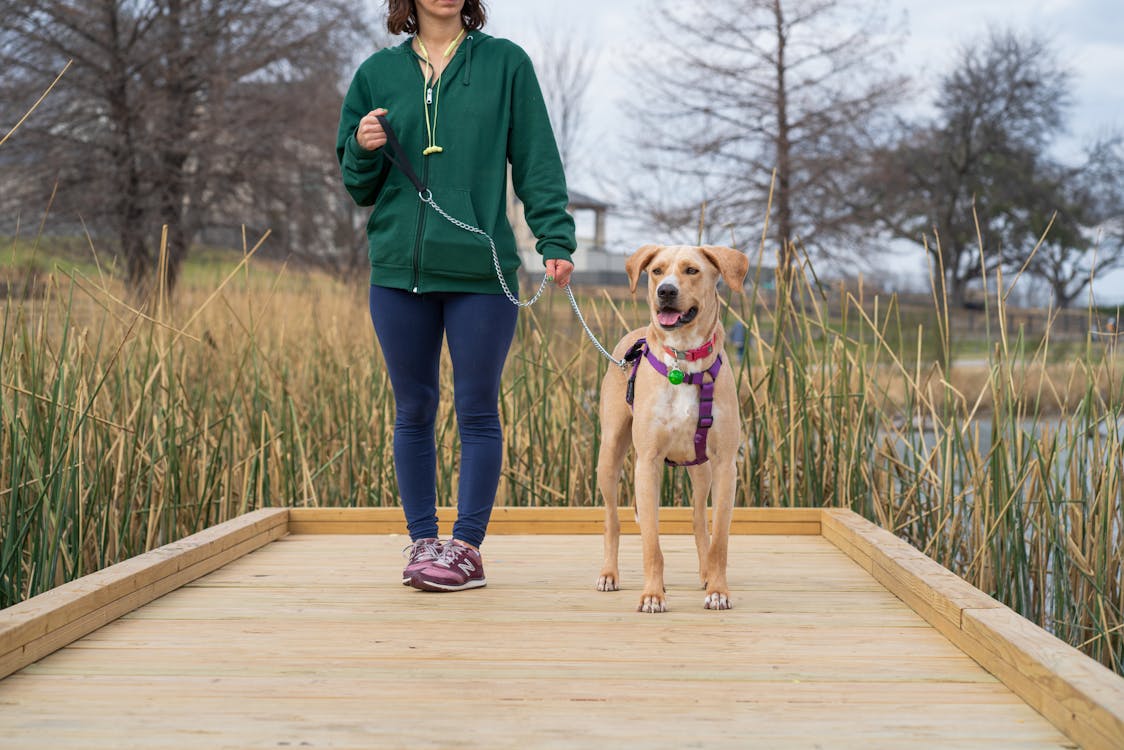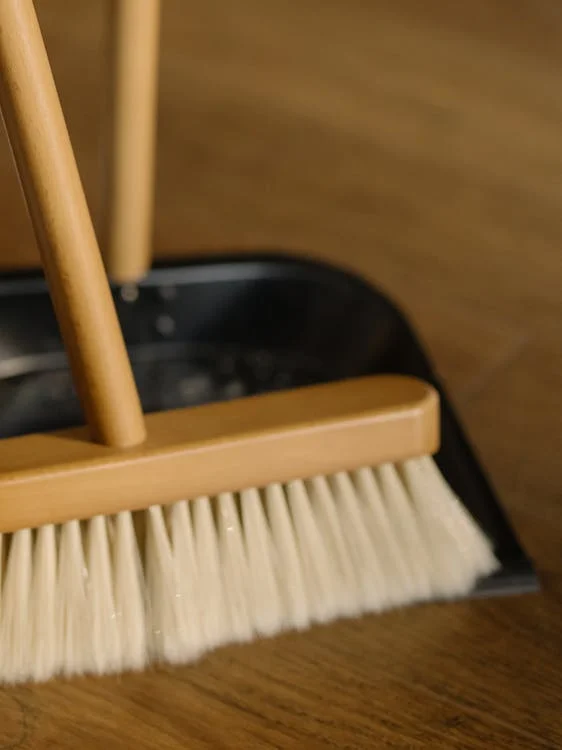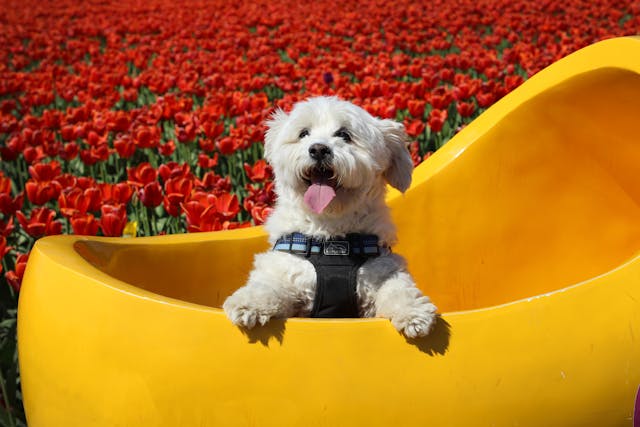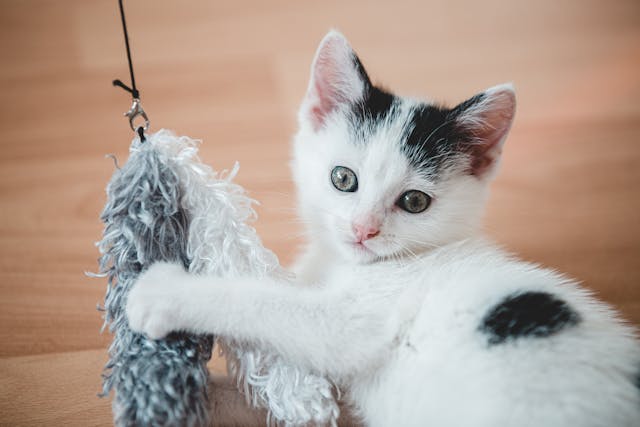With over 85 million families in the U.S. owning pets, it’s no surprise that the demand for pet-friendly living spaces, including tiny homes, is on the rise. You’ll need to consider not just the layout that accommodates your furry friend’s habits but also how to integrate multi-functional furniture that serves both your needs and theirs.
Safety features that protect your pet from harm, alongside materials that won’t endanger their health, are paramount. As you ponder the incorporation of these elements into your tiny home, ponder how such considerations can transform a compact space into a haven for you and your pet.
Space Optimization Strategies
Maximizing your tiny home’s space for both you and your pets requires strategic planning and smart design choices. Living in a tiny house doesn’t mean you can’t provide a cozy and enjoyable environment for your furry friends. By incorporating cat-friendly climbing structures that utilize vertical space, you can keep the floor area free for other activities. This approach not only caters to your cat’s natural instincts to climb and explore but also maximizes the use of your limited space.
Designating specific areas within your tiny home for play, sleep, and feeding helps create a structured and comfortable environment for your pets. Incorporate cozy bedding in quiet corners to give them a snug spot to rest. For play areas, ensure there’s enough room for your pets to move around and play without obstruction.
Furthermore, choosing materials that are scratch-resistant and non-toxic is crucial for a pet-friendly living space. These materials ensure durability and safety, keeping your tiny home looking good and your pets healthy. By thoughtfully designing your tiny house, you can make living in a small space comfortable and enjoyable for both you and your pets.
Safety and Security Measures
Ensuring your tiny home is as safe as it’s cozy for your pets involves implementing a few key safety and security measures. To create a sanctuary that minimizes risks and maximizes comfort for your furry friends, you’ll want to focus on preventing access to potential dangers while preparing for any emergencies that might arise.
- Restrict Access to Dangerous Areas and Items:
- Use secure cabinets and drawers to keep harmful substances and small, swallowable items out of reach.
- Install baby gates to limit pet access to certain parts of the tiny home, especially areas with hidden hazards.
- Minimize Accident Risks:
- Ensure electrical cord safety by keeping wires hidden or secured, preventing your pets from chewing on them and risking electrical accidents.
- Prepare for Emergencies and Maintain a Healthy Environment:
- Have a designated emergency kit specifically for your pets, stocked with essential supplies and medications.
- Only have pet-safe houseplants in your home to avoid poisoning risks and ensure overall pet safety.
Outdoor Spaces for Pets
Designing an outdoor space for your pets involves securely enclosing the area to prevent them from wandering off. By considering the size of the outdoor area, you’ll want to maximize space to ensure your pets have enough room to roam and play. Incorporating designated areas for activities like digging or lounging caters to your pet’s natural instincts, making the outdoor environment more enjoyable for them.
| Feature | Purpose | Considerations |
|---|---|---|
| Fencing | To securely enclose the area | Height and material to prevent escape |
| Designated Areas | For specific activities (digging, lounging) | Cater to pet’s natural instincts |
| Interactive Toys | To keep pets engaged and active | Choose durable, weather-resistant options |
| Shade and Shelter | Protect pets from harsh weather conditions | Must be easily accessible |
In addition to the basics, consider adding agility equipment to keep pets physically active and mentally stimulated. Always include adequate shade and shelter to protect them from weather conditions, ensuring they’re comfortable year-round. This thoughtful approach to outdoor design lets your pets safely enjoy their designated areas, complete with interactive toys and features that encourage them to explore, play, and relax in their tiny home’s outdoor space.
Innovative Storage Solutions
In a pet-friendly tiny home, utilizing vertical space with shelves and hanging storage options can significantly increase your storage capacity. When you’re aiming to maximize storage without sacrificing style or the comfort of your furry friend, innovative storage solutions become key. Here’s how you can keep your space organized and efficient:
- Slide shallow plastic containers under beds or couches for discreet and accessible storage. This is perfect for stowing away pet toys, grooming tools, or even your pet’s seasonal clothing. By using the often overlooked space beneath your furniture, you maintain a clutter-free environment that’s both pet and human-friendly.
- Incorporate smart storage solutions to keep daily essentials within easy reach. Whether it’s a built-in dispenser for pet treats by the door or a cleverly hidden yet accessible spot for leashes and collars, ensuring these items are handy can streamline your daily routine.
- Opt for dual-purpose furniture. Think of a bench that doubles as a storage chest or a coffee table with hidden compartments. These pieces not only save space but also blend seamlessly into your decor, providing ample storage without the visual clutter.
Cleanliness and Maintenance
After exploring innovative storage solutions, let’s focus on how to keep your tiny home clean and well-maintained, especially when pets are part of your family. Maintaining a pet-friendly tiny home requires diligence. You’ll need to regularly sweep, vacuum, mop, and wipe down surfaces to uphold cleanliness. It’s crucial to invest in high-quality, pet-safe cleaning products. These ensure a hygienic living environment for both you and your furry companions without compromising their health.
To help minimize mess, place mats or rugs near entrances. They catch dirt and debris that pets might bring in, reducing the amount you’ll have to clean. Similarly, using litter mats around litter boxes can contain scatter, making cleanup after your pets much easier.
Another key aspect of maintaining a clean tiny home is pet grooming. Regularly brushing and grooming your pets cuts down on shedding, significantly minimizing fur buildup around your living space. By integrating these practices, you’ll not only keep your tiny home tidy but also create a more comfortable and hygienic living environment for everyone involved.
Community and Socialization
Fostering a sense of community and socialization among pets in a tiny home environment not only enriches their lives but also strengthens the bond within the tiny home community. By carefully designing your tiny home with pets in mind, you can create an inclusive and engaging atmosphere that benefits both pets and their owners.
Here are three essential aspects to consider:
- Design communal spaces where pets can interact and socialize. These community spaces should include shared pet-friendly features like scratching posts and climbing structures, encouraging pets to explore and play together.
- Create designated play areas for group activities. These areas provide a safe and inviting space for pets to engage in play, promoting physical health and socialization opportunities. It’s a chance for pets to form lasting relationships within the community.
- Organize pet-friendly events and gatherings. These events are crucial for community bonding and offer pets and their owners unique opportunities to connect. Whether it’s a pet parade or an outdoor playdate, these occasions foster a sense of belonging and contribute to the overall cohesion of the tiny home community.
Exercise and Enrichment Options
Why not elevate your pet’s daily routine by incorporating interactive toys and DIY agility courses for both mental and physical stimulation? These activities not only keep your pet fit but also sharply engage their minds, making every day an adventure. By designing specific play areas within your tiny home, you ensure that your furry friend has a dedicated spot for fun and exercise, making the most out of the limited space.
Rotating toys and introducing new activities are great ways to prevent pet boredom and maintain their interest. Here’s how you can engage pets in a variety of exercise options:
| Exercise Options | Description |
|---|---|
| DIY Agility Courses | Set up homemade obstacles for physical stimulation. |
| Puzzle Feeders | Challenge pets mentally during meal times. |
| Outdoor Walks | Schedule regular walks or park visits. |
| Rotate Toys | Keep playtime fresh and engaging. |
Conclusion
In designing a pet-friendly tiny home, you’ll want to maximize space, ensuring your furry friend has room to play and relax. Prioritize safety with childproof locks and secure pet doors. Don’t forget outdoor access for fresh air and exercise. Innovative storage keeps pet supplies handy yet out of the way.
Regular cleaning is a must for a healthy environment. Finally, consider how your pet will socialize and stay active. With thoughtful planning, you and your pet can enjoy tiny living to the fullest.
